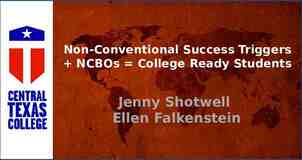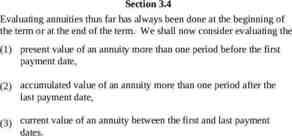Quantitative Stock Selection: Dynamic Factor Weights Campbell R.
7 Slides25.00 KB

Quantitative Stock Selection: Dynamic Factor Weights Campbell R. Harvey Duke University National Bureau of Economic Research

Dynamic Factor Weights 1. We have identified five factors based on univariate quintile sorts: PB(1), PB(5), Mom(1), RR(1), ROE(5) 2. Fixed weight optimization involves pushing these five portfolio returns through an optimizer at some set level of volatility. The weights would serve as scores for individual securities.

Dynamic Factor Weights 3. Suppose the optimized weights are: 1.0 -2.0 .5 1.1 -1.6 PB(1) PB(5) Mom(1) RR(1) ROE(5) [Note the weights are set to sum to zero] We would use these weights as scores and come up with a final scoring screen.

Dynamic Factor Weights 4. Suppose we think that RR only works when the term structure slope is greater than 1%. We create a 6th factor which is the interaction between RR and a dummy variable (Dum 1 if TS 100bp; 0 otherwise). The Dum is lagged one period. 5. We reoptimize with six portfolios (five ‘basis’ and one ‘dynamic trading strategy or DTS’) 6. We call this a DTS because is the return of an active strategy of investing in the RR portfolio only when TS 100bp.

Dynamic Factor Weights 8. The new weights are (all weights likely to change): 1.5 PB(1) -2.0 PB(5) 0.8 Mom(1) -0.2 RR(1) -1.2 ROE(5) 1.1 RR(1)xDum

Dynamic Factor Weights 9. These new weights are dynamic. When lagged term structure is greater than 100bp, the RR factor gets a 0.9 weight (0.2 1.1). When term structure is flat or negative, the weight is -0.2. 10. We don’t need to use discrete variables like dummies. We could use continuous variables.

Dynamic Factor Weights 11. We could have many different interaction variables. The variables could be different for each factor. It is even possible to interact two factors (however, be careful, to preserve the implementation, you must interact with the lagged value of the factor). 12. As the number of factors and interactions increase, we might need to Monte Carlo to achieve a stable frontier.






